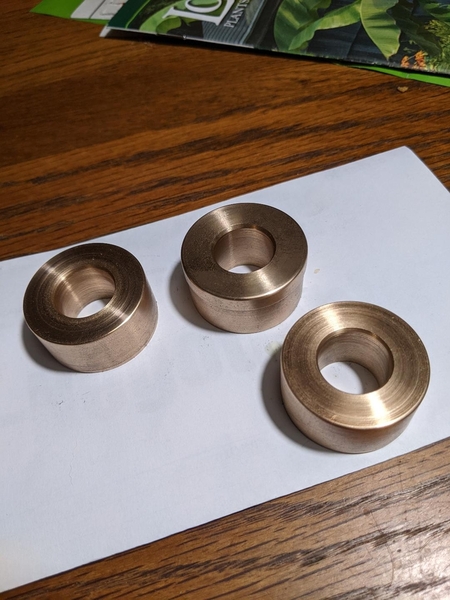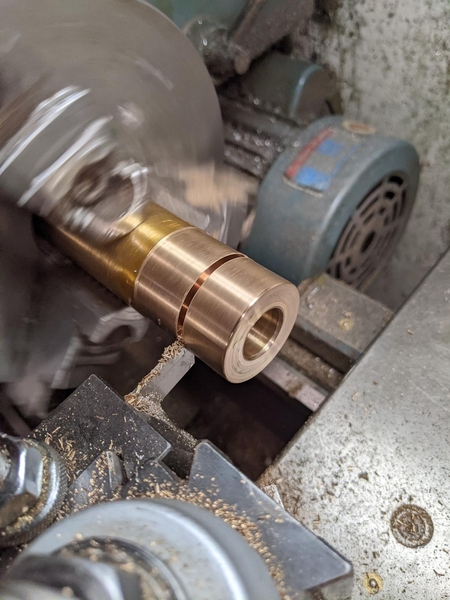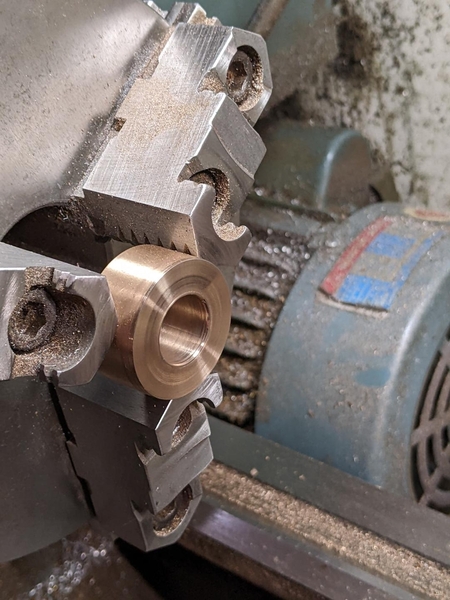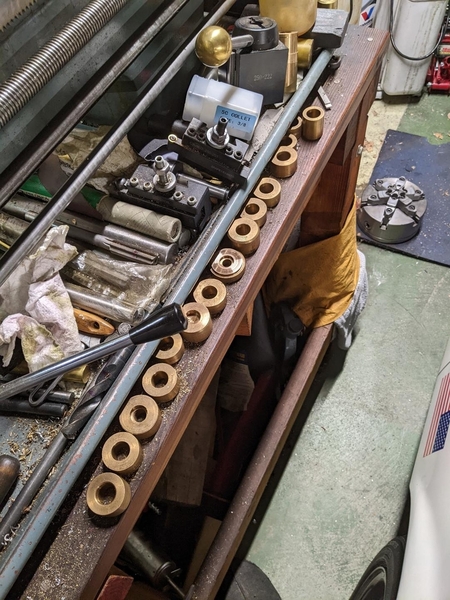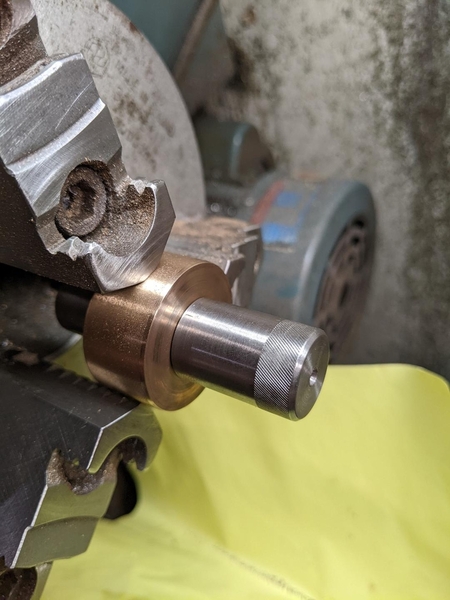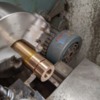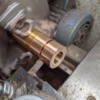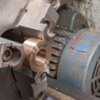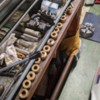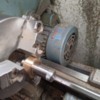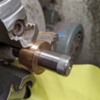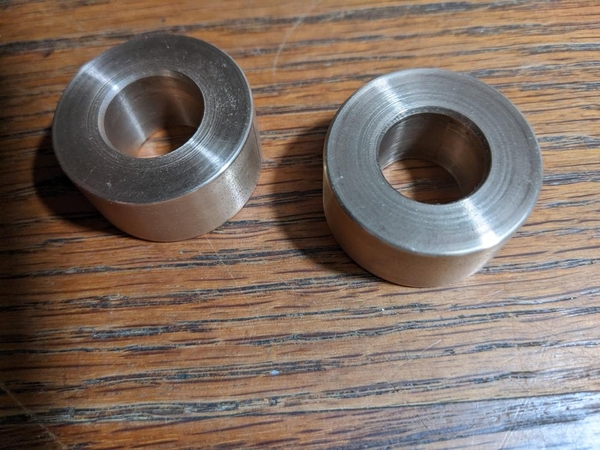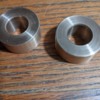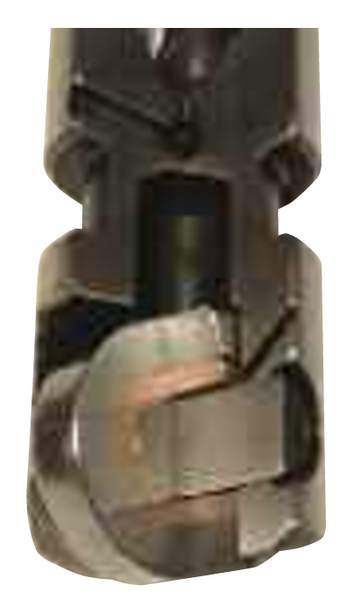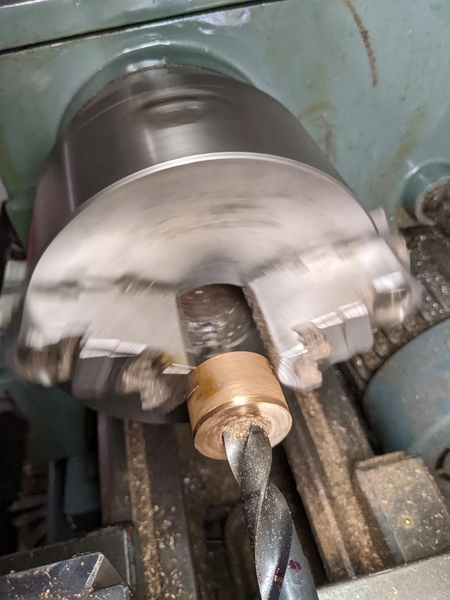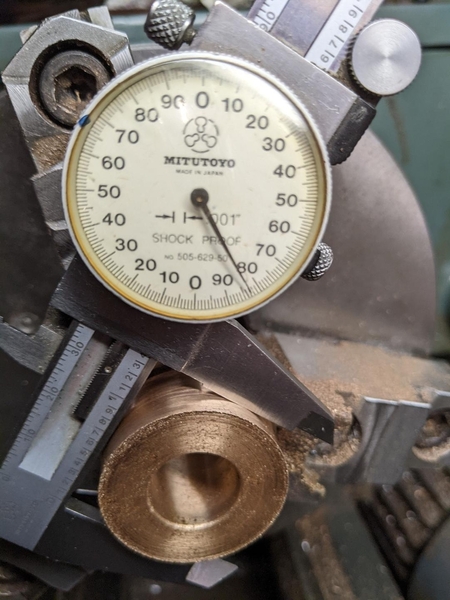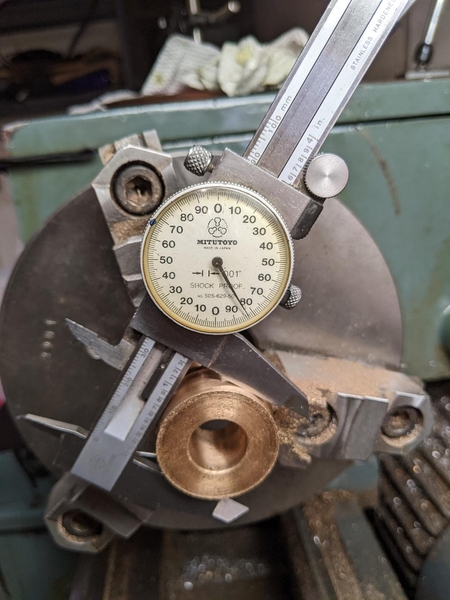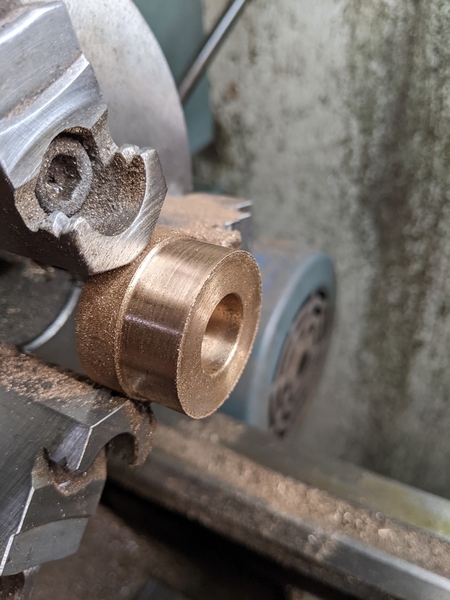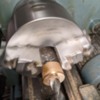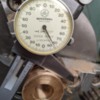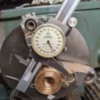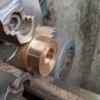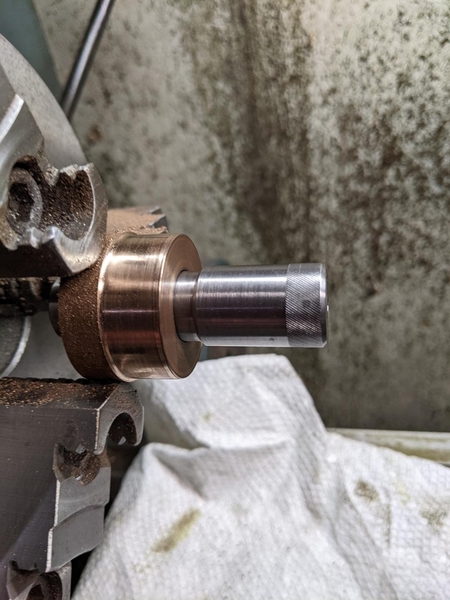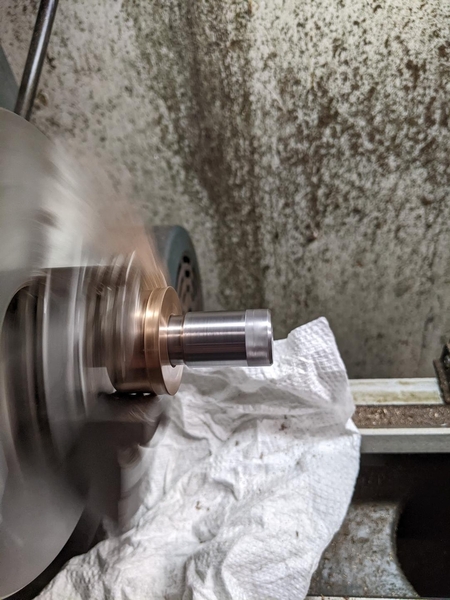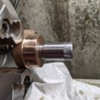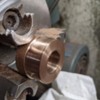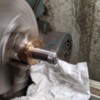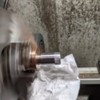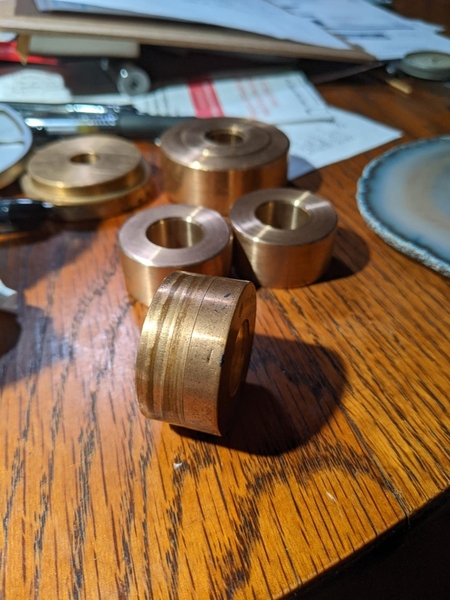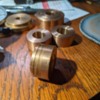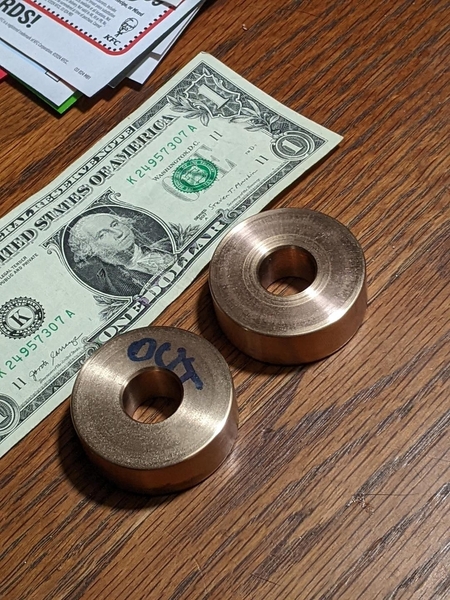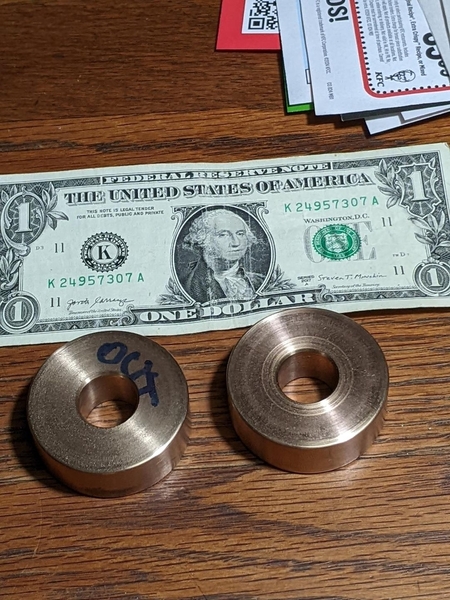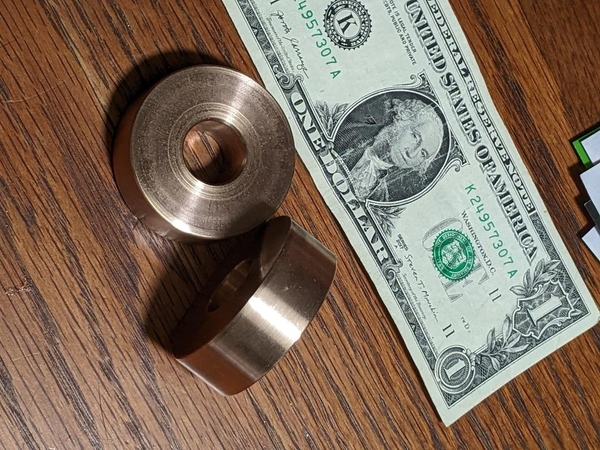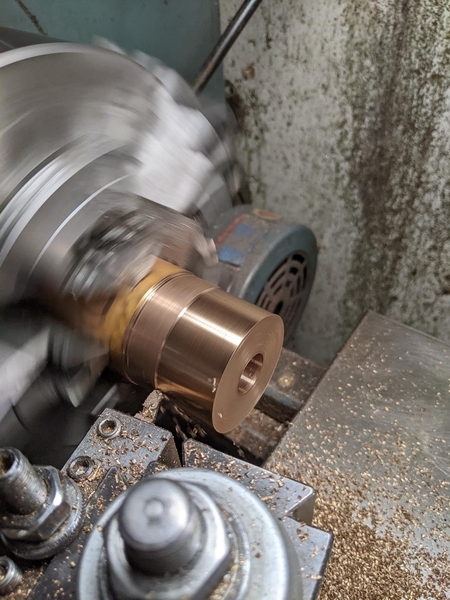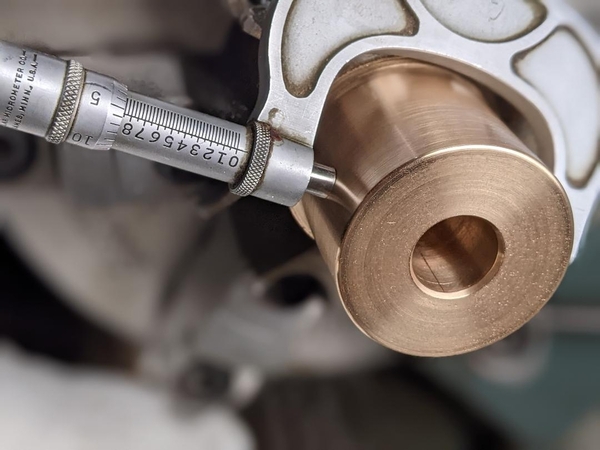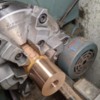Just a general reflection and above all without wanting to open any controversy.
When a soft material rubs against a hard material, it is often the hard material that wears more than the soft because abrasive particles can become embedded in the soft material and it then acts like a grinding wheel.
I don't know if this applies to the case of the pilot bearing because there must be abrasive particles in the environment.
All "bearings" wear.
In this case the bearing is self lubricating. It does not eliminate wear, but reduces it.
Ideally the lubricant absorbs the wear particles.
So far, there have not been any, or not many, input shafts that have shown the need to be resurfaced and bearings made undersized. If anything, it is the bearings that are showing the wear, which is the desired result.
It is essentially, "the fuseable link".
The rate of which the bearing wears is called the "bearing life".
In the situation of the Pantera we think of the life as around the life of the clutch assembly itself. That's all it needs to be.
Until someone invents or discovers a frictionless bearing, this design is more then adequate.
It works. "If it isn't broken...don't fix it".
There has been some discoloring of the input shafts shown. I acknowledge that. To me it is overheated lubricant solidifying. It generally cleans off which also seems to be an indication that the input shaft is hardened enough?
You don't want to harden the steel to the point at which it becomes brittle.
The concern with a lubricant here would be that it had enough quantity to contaminate the friction between the pressure plate, clutch disc, flywheel.
The oilite volume has proved to be it is right where it should be based upon the expected/desired life of the bearing.
I suppose anything is possible but empirical analysis has not shown that leaking lubricant out of the bearing, is any kind of an issue with the clutch itself. It's just the best solution to the situation so far.
A seal is just not needed and would be needless overkill with likely it's own issues?
It is just that the bearing needs to be changed at some point in the future, not the input shaft. It is the best solution. Not a perfect one.
Order two from Marlin so you will have a spare.



